Don't wanna be here? Send us removal request.
Text
Location - Wandsworth Cemetery
Opened in 1878, the graves in the cemetery range from almost intelligible writing on century old slabs of stone, to gold engraved shiny headstones, some with images printed on to them. The range of personalities and the desire for individual identity in the graveyard was staggering, and made for quite an overwhelming experience.
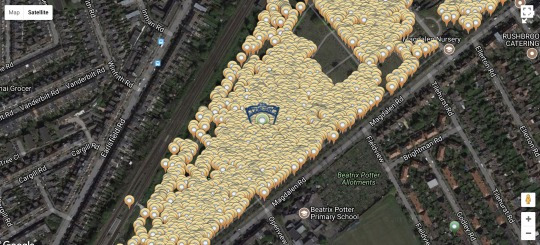
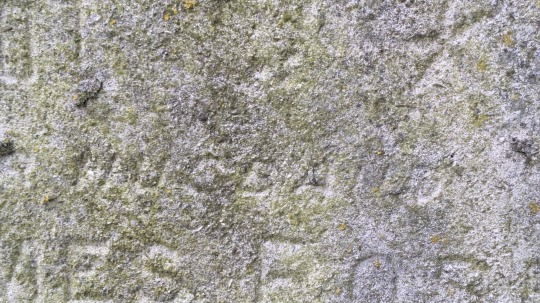
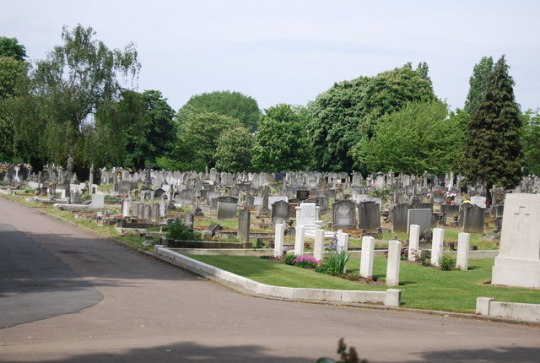
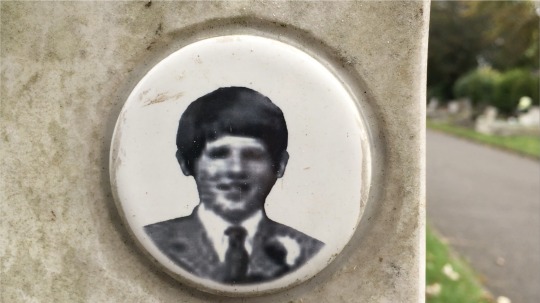
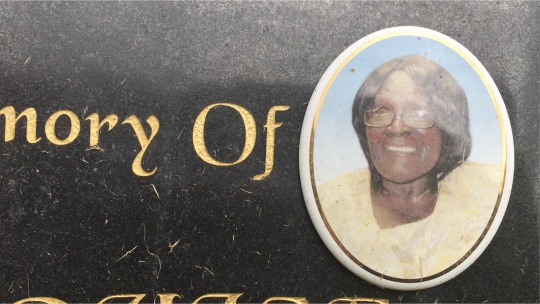
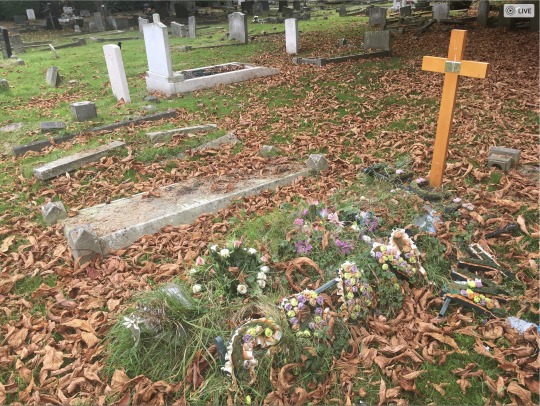
0 notes
Text
Typography of Dada
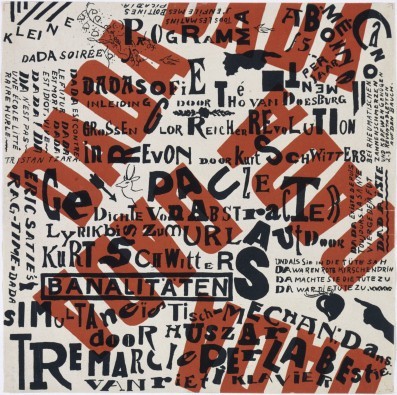
Theo van Doesburg, Kurt Schwitters
“The 'typographical revolution' of Dada was founded on typography itself, where the typeface was used as a medium for creation of meaning. In other words, Dada isolated the graphic work from the transmitted textual message; the visual communication stood independently by its aesthetically induced meaning. Dada did not want the reader to look "through" words to decipher the meaning of the text, it wanted to compel the readers to look "at" the shape of typeface in its explosive layout.” -http://guity-novin.blogspot.co.uk/2011/08/chapter-44-dadaism-meeting-point-of-all.html#Two
I found the Dadaist approach to typography interesting, and that it could be applied to my project - I was drawn to the way the Dadaists looked at how form conveyed the subject matter and content of what was being written. I found, in the cemetery, that the different fonts and typefaces used on the grave conveyed differing personalities and feelings, despite being made up of the same combination and order of letters:

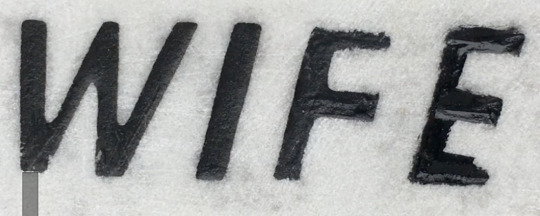

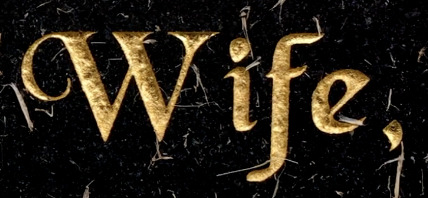
The same message is being communicated, but the difference is in how it is being communicated.
0 notes
Text
Identity Project - First Cut (ROUGH)
vimeo
The first cut for my Identity Project. Shot in Wandsworth Cemetry on iPhone.
Concept:
p.p1 {margin: 0.0px 0.0px 15.0px 0.0px; line-height: 26.0px; font: 13.0px 'Helvetica Neue'; color: #444444; -webkit-text-stroke: #444444; background-color: #ffffff} p.p2 {margin: 0.0px 0.0px 15.0px 0.0px; line-height: 16.0px; font: 13.0px 'Helvetica Neue'; color: #444444; -webkit-text-stroke: #444444; background-color: #ffffff} p.p3 {margin: 0.0px 0.0px 0.0px 0.0px; line-height: 16.0px; font: 13.0px 'Helvetica Neue'; color: #444444; -webkit-text-stroke: #444444; background-color: #ffffff} span.s1 {font-kerning: none} span.s2 {text-decoration: underline ; font-kerning: none}
I was thinking of the mortality of identity, whether it is something that dies with our bodies, or whether it remains - or even develops - after death. As humans, we like to feel unique, and individual in our identity. We not only want to be remembered after we have passed, but in general we want to be remembered in a certain, positive way, or for a certain favourable quality. I was interested in the concept of a cemetery, where people are represented in stone, where entire lives, personalities and identities are compacted into brief phrases and broken sentences and cut into stone - a lot of which are almost meaningless templates - “beloved _____”, “loving _____”, “dear____”. I was also interested in how people are described through their relationships with one another, mother/husband/wife/husband, rather than being personally described - though perhaps, our relationships with others, our families and friends, is ultimately what makes us who we are.
I was interested in how the words become so repetitive that they lose meaning. It is almost like the ‘identity’ of the gravestone itself overtakes that of the deceased - the type of stone, the typeface, the colour, the upkeep and maintenance. It was morbidly ironic in places, the phrase ‘never forgotten’ decayed and almost illegible from being presumably forgotten about. It felt as if you could get a sense of who the grave represented, through the formal qualities of the stone - a ‘Mother’ inscribed in a decadent, gold, baroque typeface is very different to a ‘Mum’ inscribed in a clean, sans serif grey.
At times, I needed to take a step back and to realise that these headstones actually represented people - when you look too close at hundreds of stones, hundreds of ‘beloveds’ and ‘dears’, hundreds of patches of grass, you start to forget that they represent lives, relationships, loved ones, personalities and identities. This was a feeling I wanted to capture in my film. I wanted to really explore the concept of identity in a graveyard, because, all in all, it doesn’t really matter once you’re dead and gone.
Music: The Chantels - I’ll Walk Alone (1959)
I was inspired by Martin Scorcese’s use of both traditional and contemporary music to add huge depth and character to the mood, purpose and visuality of each scene. I chose ‘I’ll Walk Alone’ as the song perfectly complemented the pace and emotions of what I wanted to convey. The lyrics and the virtuosic vocal melody work together to create a powerfully emotional song:
“I walk alone, Because to tell you the truth, I’ll be lonely, I don’t mind being lonely”
I particularly liked how the lyrics are melancholy yet retain a degree of positivity to them, an idea that is reflected in the instrumentation, which has sombre overtones without being overly morose. I didn’t want the film to be a lament for those who have passed, or to have a feel of mourning to it, as this wasn’t the message I wanted to convey. The song has a gentle, rocking tempo with a punctuating, constant drum part, which was ideal for editing, allowing me to create a piece where the video and audio became completely interlinked. I edited the sound to sound distant and muffled, to reflect the visual imagery that was happening on screen - I boosted the bass and cut the treble, and added reverb to the audio track. I thought this translucency in the music reflected the translucency of identity in the graveyard context.
0 notes